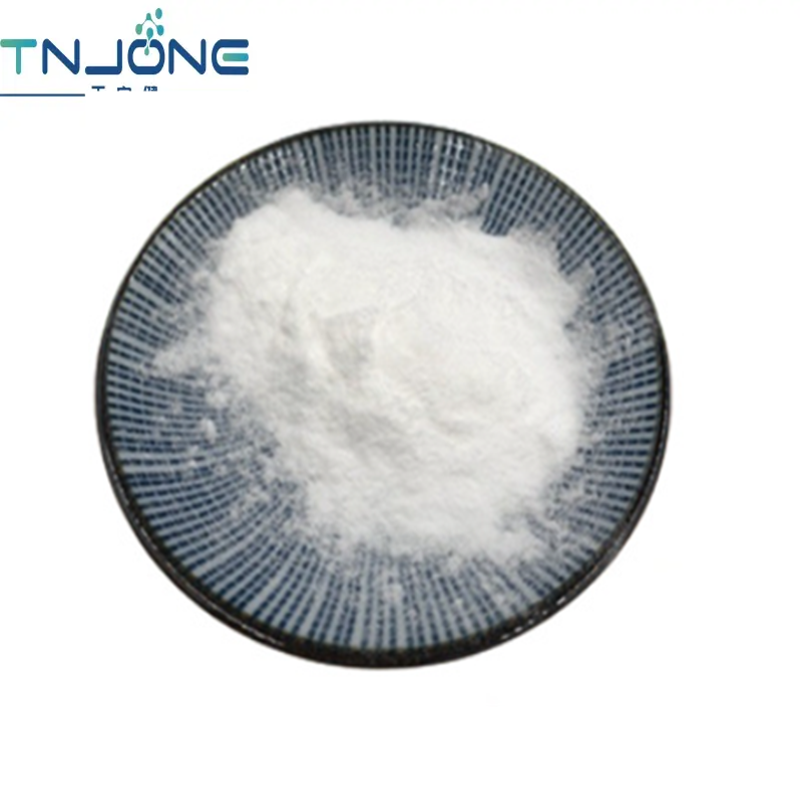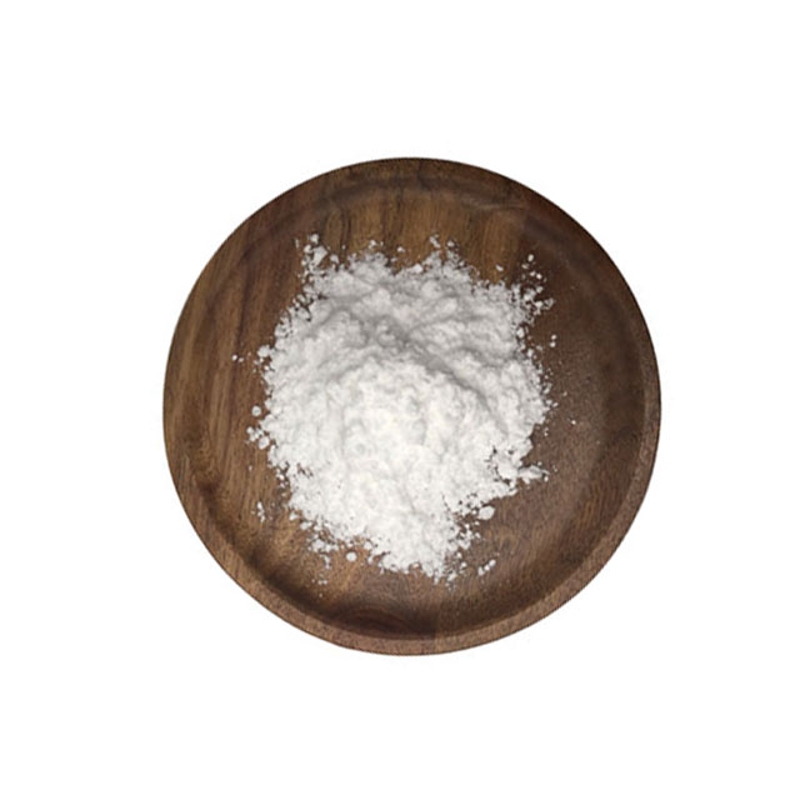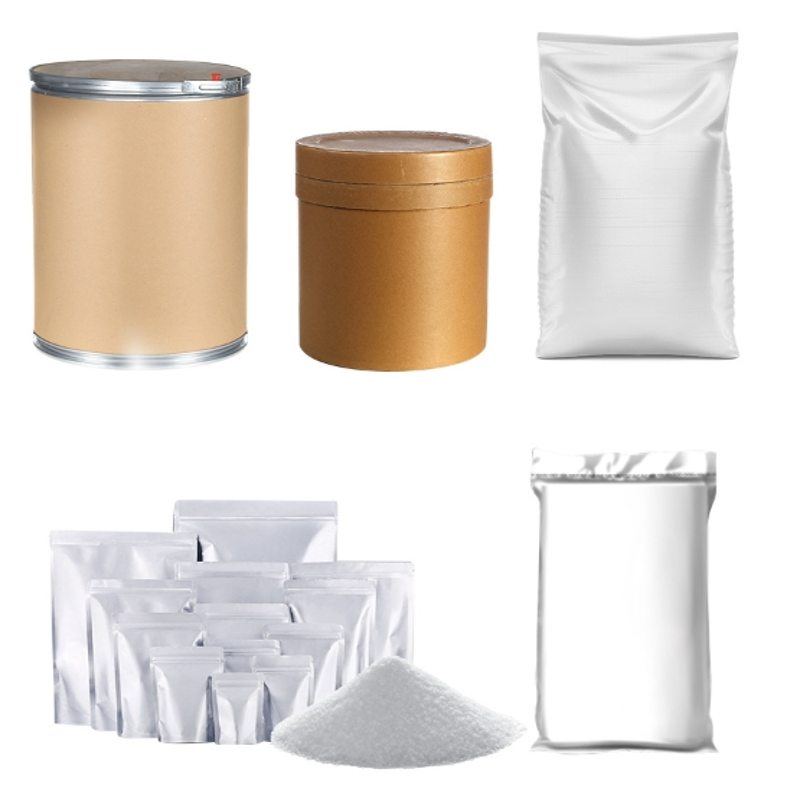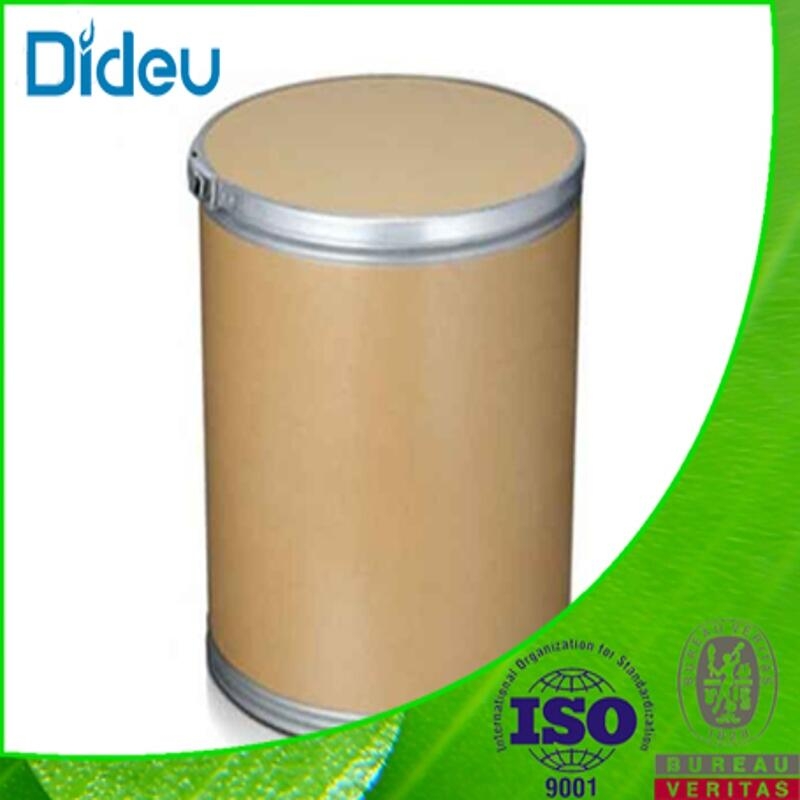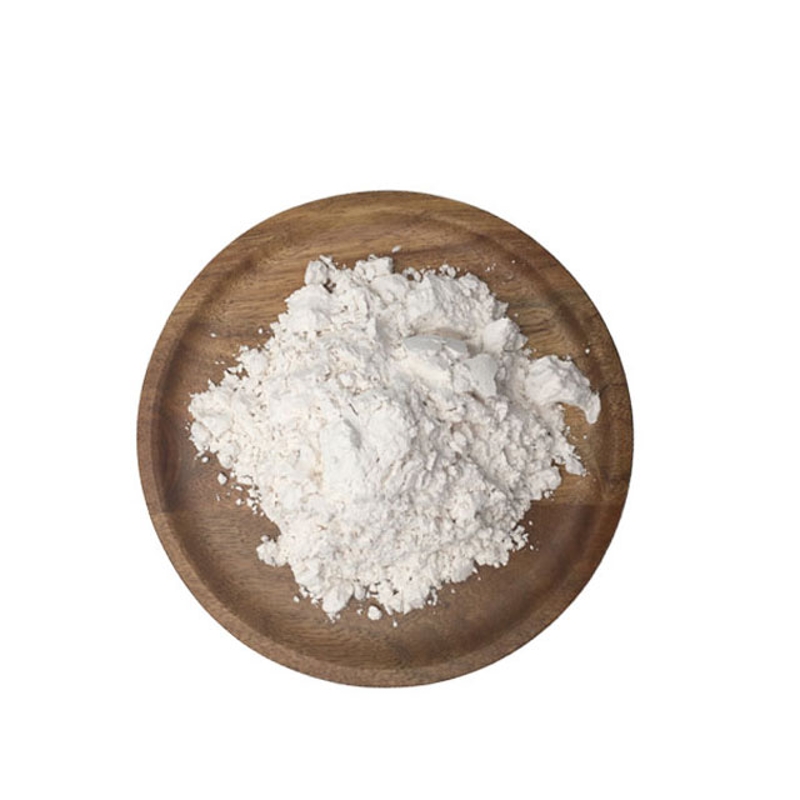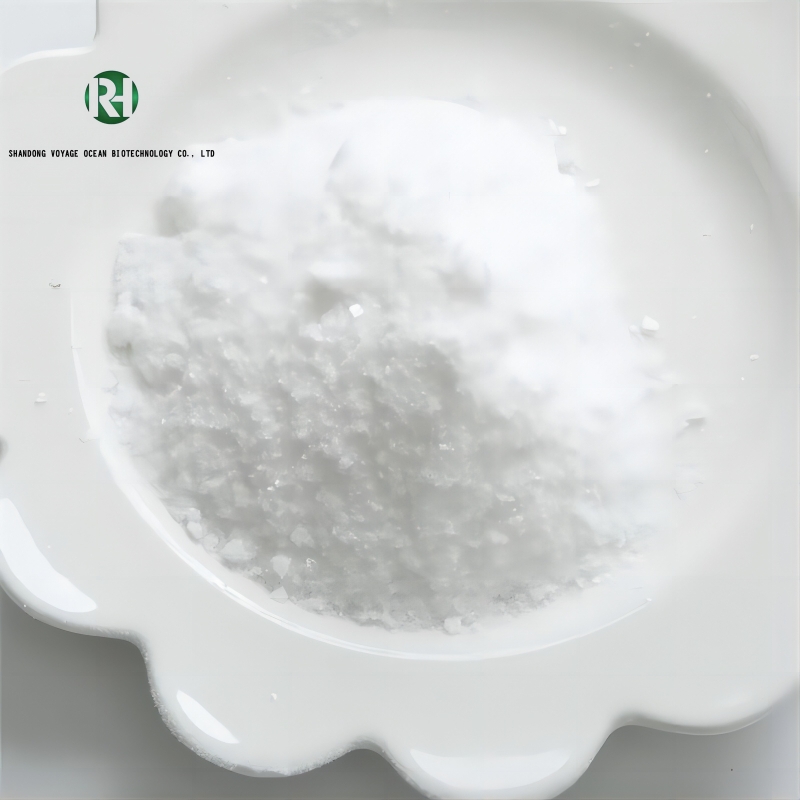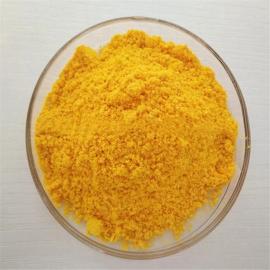Agrochemicals
- • Biopesticides (18)
- • Herbicides (278)
- • Insecticides (354)
- • Fungicides (160)
- • Pesticide Intermediates (409)
- • Plant Growth Regulators (55)
- • Fertilizers (22)
Related News
-
The rapidly developing biopesticide market presents both opportunities and challenges
2024-04-24 -
Ten years of biopesticide market data of France, revealing market growth and opportunities
2024-04-18 -
China agrochemical industry weekly(1027)
2023-10-28 -
A subsidiary of Qianjiang Biochemical intends to invest in the relocation project of biopesticide technicals and formulations from the zone to the park
2023-03-01 -
The biopesticide project with an investment of $80 million and an output of 5,000 t/a is located in Anhui Huaishang Economic Development Zone
2023-02-10 -
Trichoderma asperellum TCS007 in Marine habitat can be developed as a new biological pesticide
2023-01-06
Biopesticides
Abamectin
(71751-41-2)-
Pharma Grade / 99%
-
- / 99.00%
-
Top Product / 99%
$25-30/KG FOB
-
Pharmacy Grade / 99%
Request for quotation , get quotes from more suppliers.
(+)-Gibberellic acid
(77-06-5)-
Agricultural Grade / 90%
-
Agricultural Grade / 20%
-
Industrial Grade / 99%
-
Industrial Grade / 90%
Request for quotation , get quotes from more suppliers.
Emamectin benzoate
(155569-91-8)-
Agricultural Grade / -
-
Industrial Grade / 99%
-
-
- / 99.00%
Request for quotation , get quotes from more suppliers.
Matrine
(519-02-8)-
Agricultural Grade / 10%
-
- / 99.00%
-
Pharmacy Grade / 99%
-
Industrial grade / 99%
Request for quotation , get quotes from more suppliers.
Nitenpyram
(150824-47-8)-
Sodium disilicate,δ-samdwich crystal / 99%
-
Industrial Grade / 99%
-
Pharmacy Grade / 99%
-
- / 99.00%
Request for quotation , get quotes from more suppliers.
Source Biopesticides Products Supply
-
Pharmacy Grade / 99%
-
Pharmacy Grade / 99%
-
industrial Grade / 98%
-
Industrial Grade / 99%
Validamycin A
(37248-47-8)-
- / 99.00%
-
Pharmacy Grade / 99%
-
Pesticide Grade / -
-
![Validamycin buy Validamycin]()
IndustrialGrade / 99.00%
Request for quotation , get quotes from more suppliers.
Physcion
(521-61-9)-
- / 99.00%
-
Industrial grade / 99%
-
- / 99.5%
-
Food Grade / 98%
Request for quotation , get quotes from more suppliers.
Pyrethrins
(8003-34-7)-
Agricultural Grade / 50%
-
Agricultural Grade / 50%
-
Agricultural Grade / 50%
-
- / 50%
$360-468/KG EXW
Bacillus thuringiensis
(68038-71-1)-
Agricultural Grade / 99%
-
Agricultural Grade / -
-
Agricultural Grade / -
-
Request for quotation , get quotes from more suppliers.










